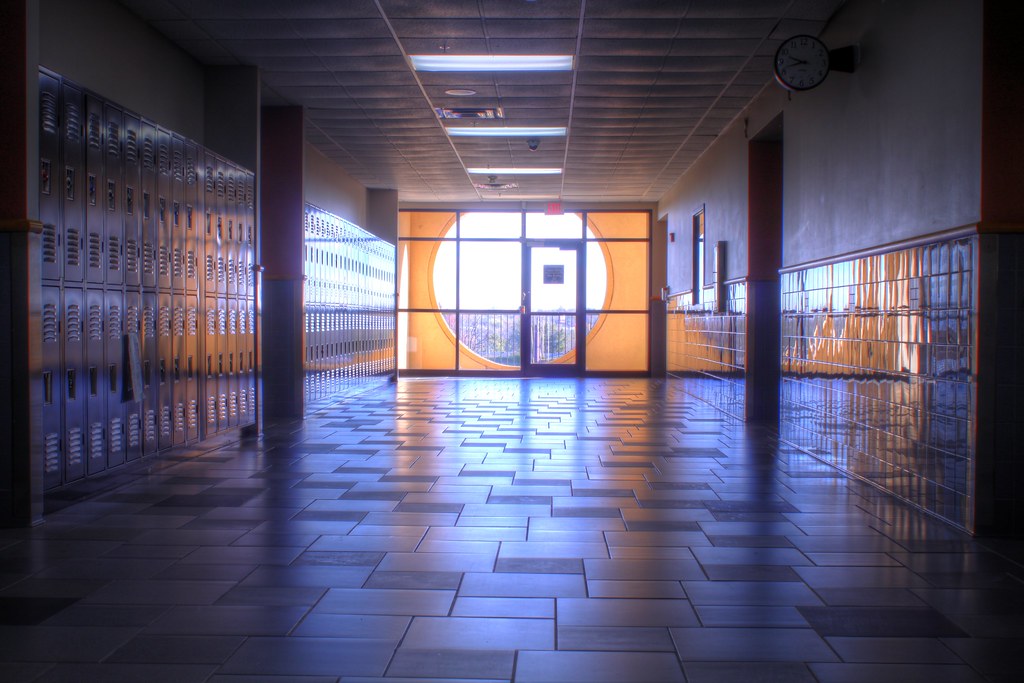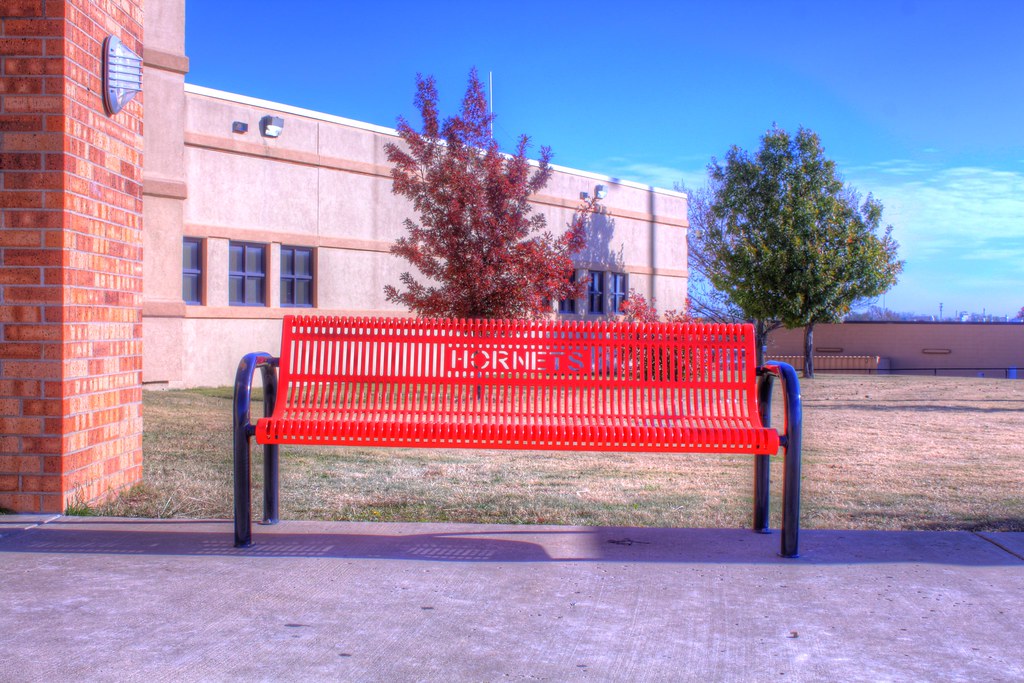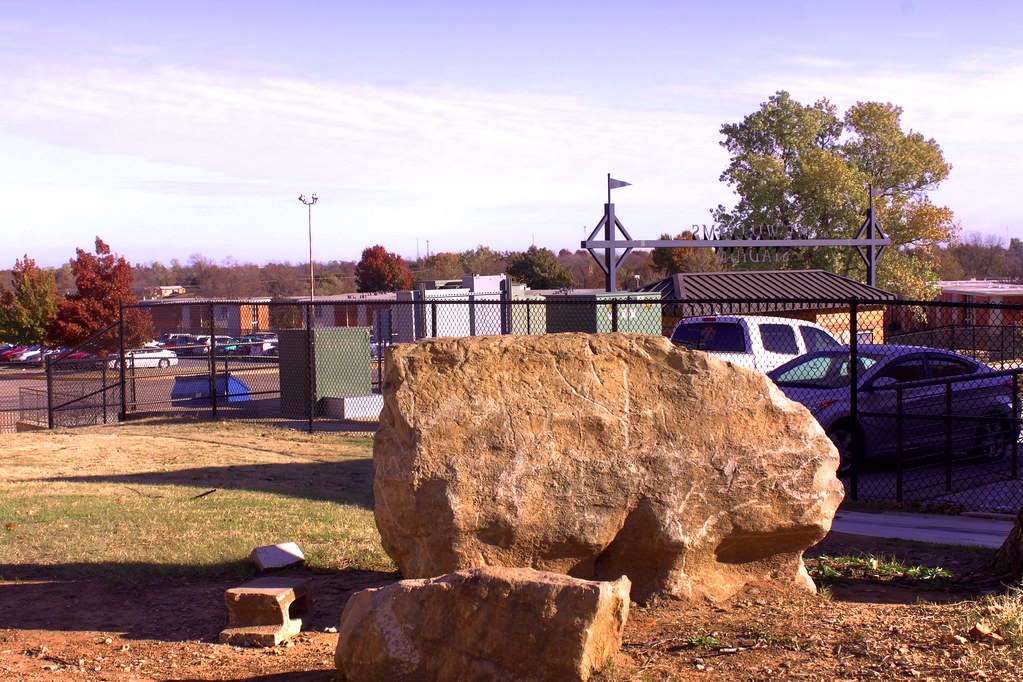Photo Essay
Andrea Bruce and Mikhail Galustov
In this photo essay found online, from TIME magazine, is about the hard to reach healthcare in all parts of Afghanistan. This essay is from earlier in the year in the time that foreign troops were leaving Afghanistan, after being located there for over 10 years, and documents the quality of healthcare that Afghans are receiving and will receive once foreign aid is no longer available. "access to emergency or basic medical care remains hard to reach" quotes the author of the title. In this article i learned that even though billions of dollars have been spent in humanitarian work in Afghanistan, There is still work to be done. Many people the authors interviewed stated that they had family members and friends die from lack of proper care. Many hospitals don't have the right equipment, staff, or even electricity to run a health facility. The only good note about the article is that the number of healthcare facilities has considerably risen, with having a health facility at least an hour walking distance.
1. A photo essay is a series of photographs, normally documentary, which is meant to impact people and tell a meaning or story of current events in the world.
2. This article and the photos relate because they are evidence of what the article is talking about. We see in the pictures poverty all over Afghanistan, People receiving poor healthcare, and no help being delivered.


























